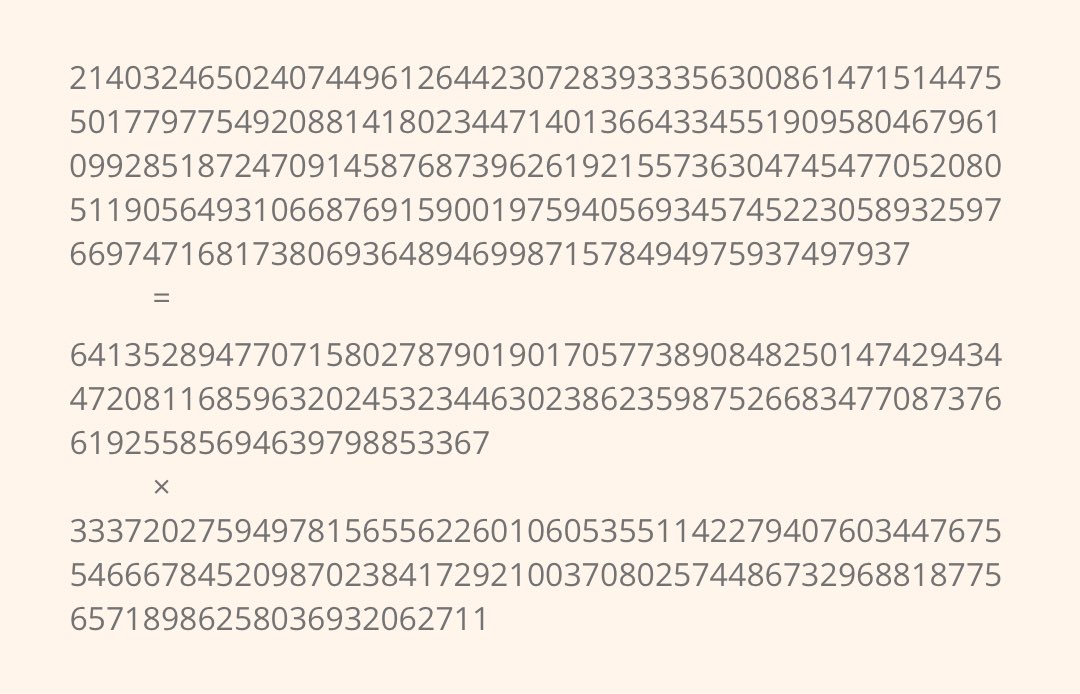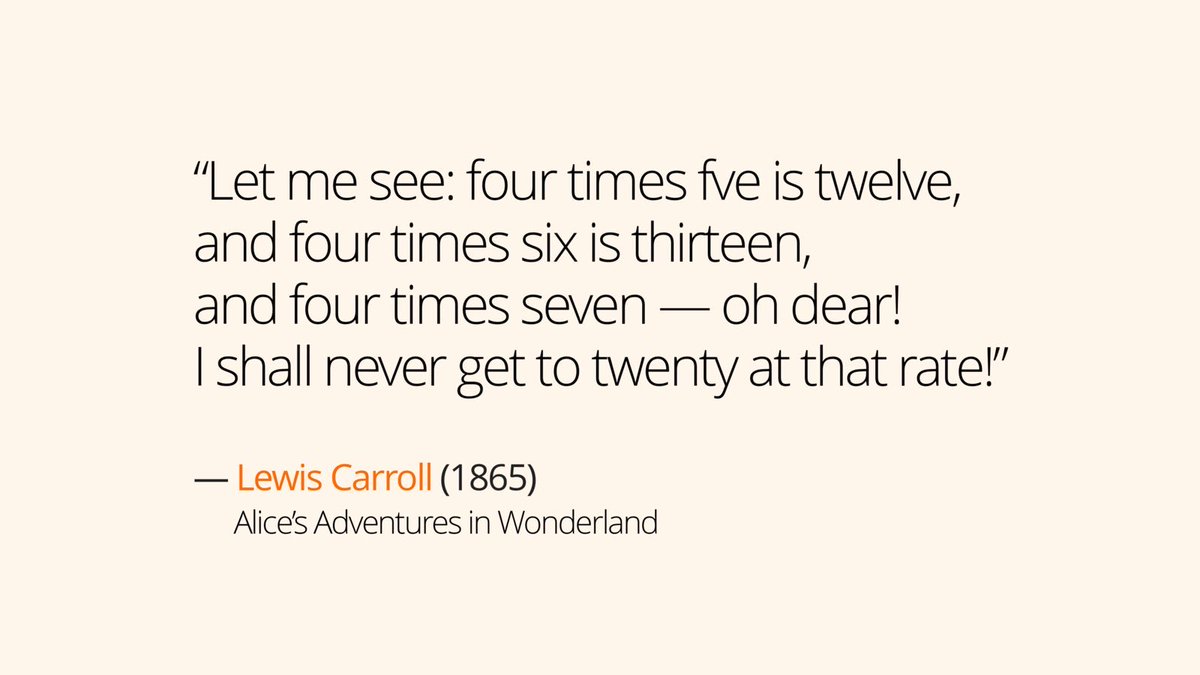
Maths Ed
@mathsedideas
Maths Teacher • School Leader • FCCT • FRSA • NPQH • Sharing ideas, curios, problems & resources to inspire the teaching and ignite the learning of mathematics.
ID: 877507352915832834
https://mathsedideas.blogspot.co.uk/ 21-06-2017 12:43:51
1,1K Tweet
6,6K Followers
476 Following













Curated links to ≈ 400 mathsy radio and podcast programmes for you to peruse and enjoy this Christmas. Including from Steven Strogatz Hannah Fry Alex Bellos Simon Singh David Spiegelhalter and many more: bit.ly/2w1rHOT














![Maths Ed (@mathsedideas) on Twitter photo Happy 2025 — the first year to be a square (whose digits sum to a square) that is equal to the sum of the first [sum of its digits] consecutive cubes and to the square of (and the product of the proper divisors of) the sum of a split of its digits. #HappyNewYear Happy 2025 — the first year to be a square (whose digits sum to a square) that is equal to the sum of the first [sum of its digits] consecutive cubes and to the square of (and the product of the proper divisors of) the sum of a split of its digits. #HappyNewYear](https://pbs.twimg.com/media/Gf1HsioXwAA7WVS.jpg)
![Maths Ed (@mathsedideas) on Twitter photo Writing 1 once, 2 twice, 3 three times, and so on, up to 45 forty-five times [or (20+25) (20+25) times], produces a string of 2025 or 45² [or (20+25)²] digits — the only number where this happens. #HappyNewYear2025 • bit.ly/40ct4JR Writing 1 once, 2 twice, 3 three times, and so on, up to 45 forty-five times [or (20+25) (20+25) times], produces a string of 2025 or 45² [or (20+25)²] digits — the only number where this happens. #HappyNewYear2025 • bit.ly/40ct4JR](https://pbs.twimg.com/media/Gf7IuGCXsAAuXCv.jpg)